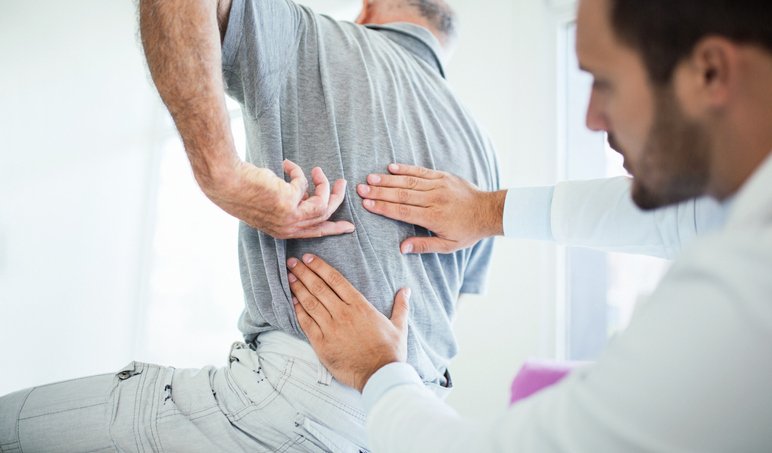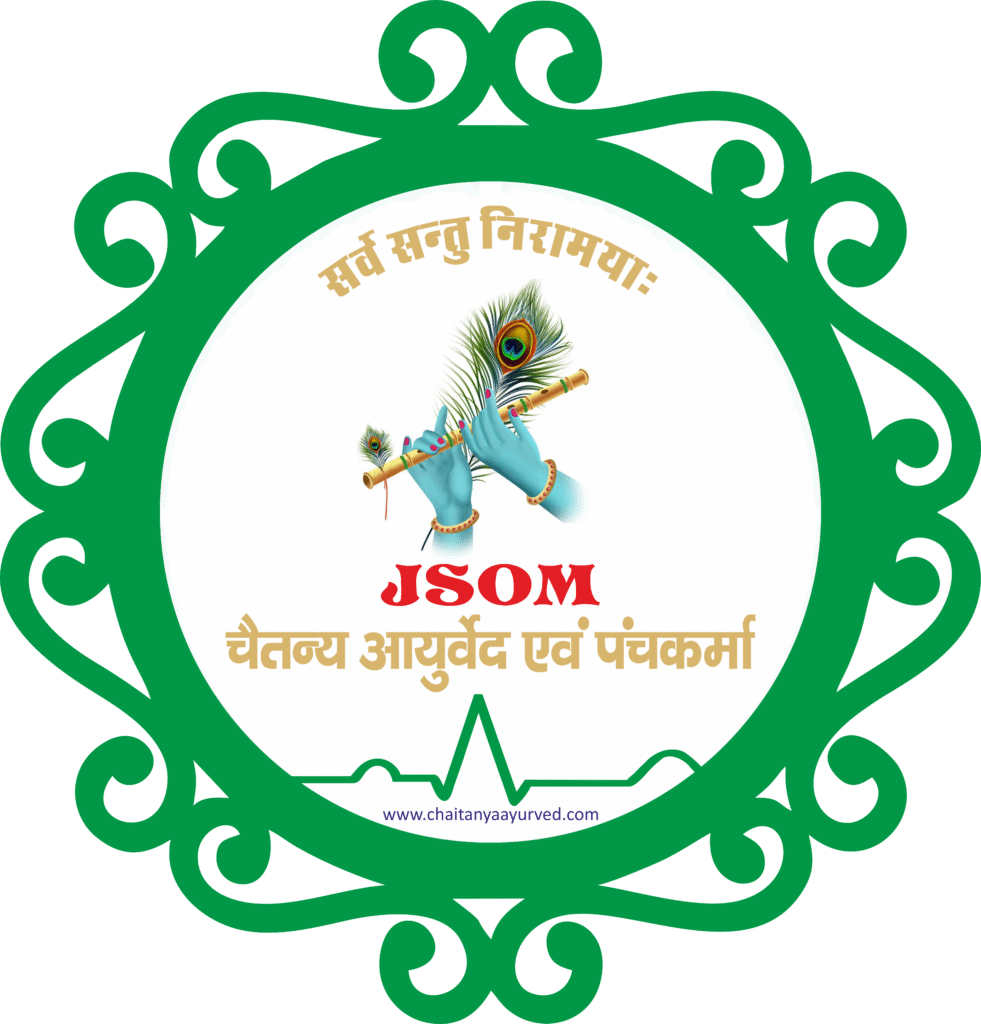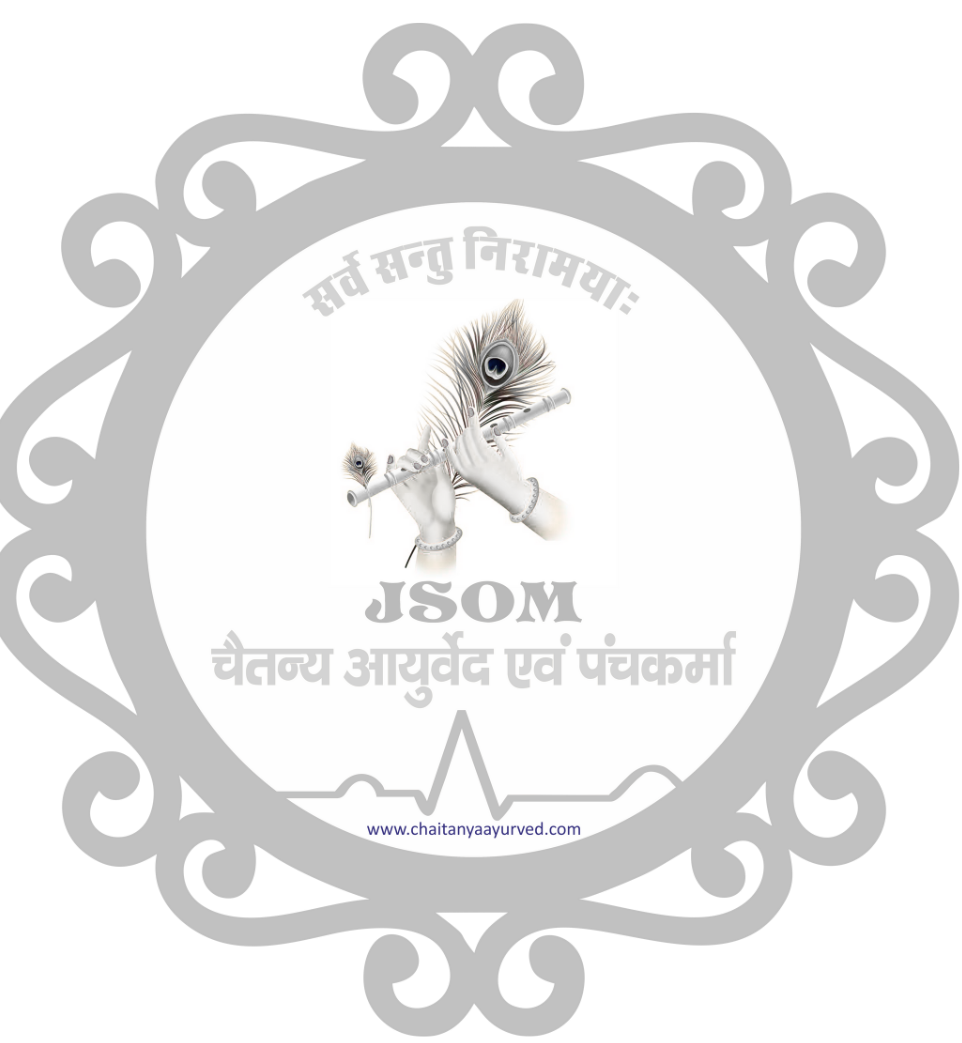Back Pain Management

Back Pain Management
Back Pain Management Therapy is a combination of treatments designed to relieve back pain, improve mobility, and prevent future discomfort.
It can include Ayurvedic, physiotherapy, chiropractic, and massage-based approaches, depending on the cause of pain.
The therapy focuses on reducing muscle tension, correcting posture, improving spinal alignment, and supporting long-term back health.
It is used for conditions such as muscle strain, slipped disc, sciatica, arthritis, postural issues, and stress-related back pain.
Types of Back Pain Management
Ayurvedic Therapies – Such as Kati Basti (oil pooling over lower back), Abhyanga (oil massage), and Pizhichil (oil bath).
Physiotherapy – Strengthening, stretching, and posture correction exercises.
Spinal Manipulation – Gentle adjustments to align the spine.
Heat and Cold Therapy – Improves blood flow and reduces inflammation.
Cupping or Acupressure – Relieves muscle tightness and improves circulation.
Electrotherapy – TENS (Transcutaneous Electrical Nerve Stimulation) for pain relief.
How it Works
Relieves Muscle Tension – Through massage, heat, or stretching.
Improves Circulation – Enhances nutrient and oxygen delivery to affected areas.
Corrects Posture and Alignment – Reduces strain on the spine and muscles.
Reduces Inflammation – Using herbal oils, heat, or physiotherapy techniques.
Strengthens Supporting Muscles – To prevent future episodes of back pain.
Benefits of Back Pain ManagementTherapy
Reduces acute and chronic back pain
Improves spinal flexibility and mobility
Strengthens back and core muscles
Enhances posture and body alignment
Reduces nerve compression and sciatica symptoms
Relieves stress and promotes relaxation
Supports faster recovery from injuries
Improves quality of sleep and daily activity levels
Precautions
Avoid during fever, acute injury, or severe inflammation
Patients with fractures, severe osteoporosis, or spinal infections should avoid manipulation
Pregnant women should avoid certain back positions or deep pressure in the lower back
Always inform the therapist about medical history, surgeries, or chronic illnesses
Ensure therapy is done by a qualified and experienced practitioner
Typical Session
Duration: 30–60 minutes
Process:
Pain assessment and posture analysis
Warm-up or heat therapy to relax muscles
Targeted massage, cupping, or spinal adjustments
Gentle stretching and strengthening exercises
Lifestyle and posture advice for home care
Frequency: 2–3 times per week initially, then once a week for maintenance
Aftercare: Stay hydrated, avoid heavy lifting for 24 hours, follow home exercises

